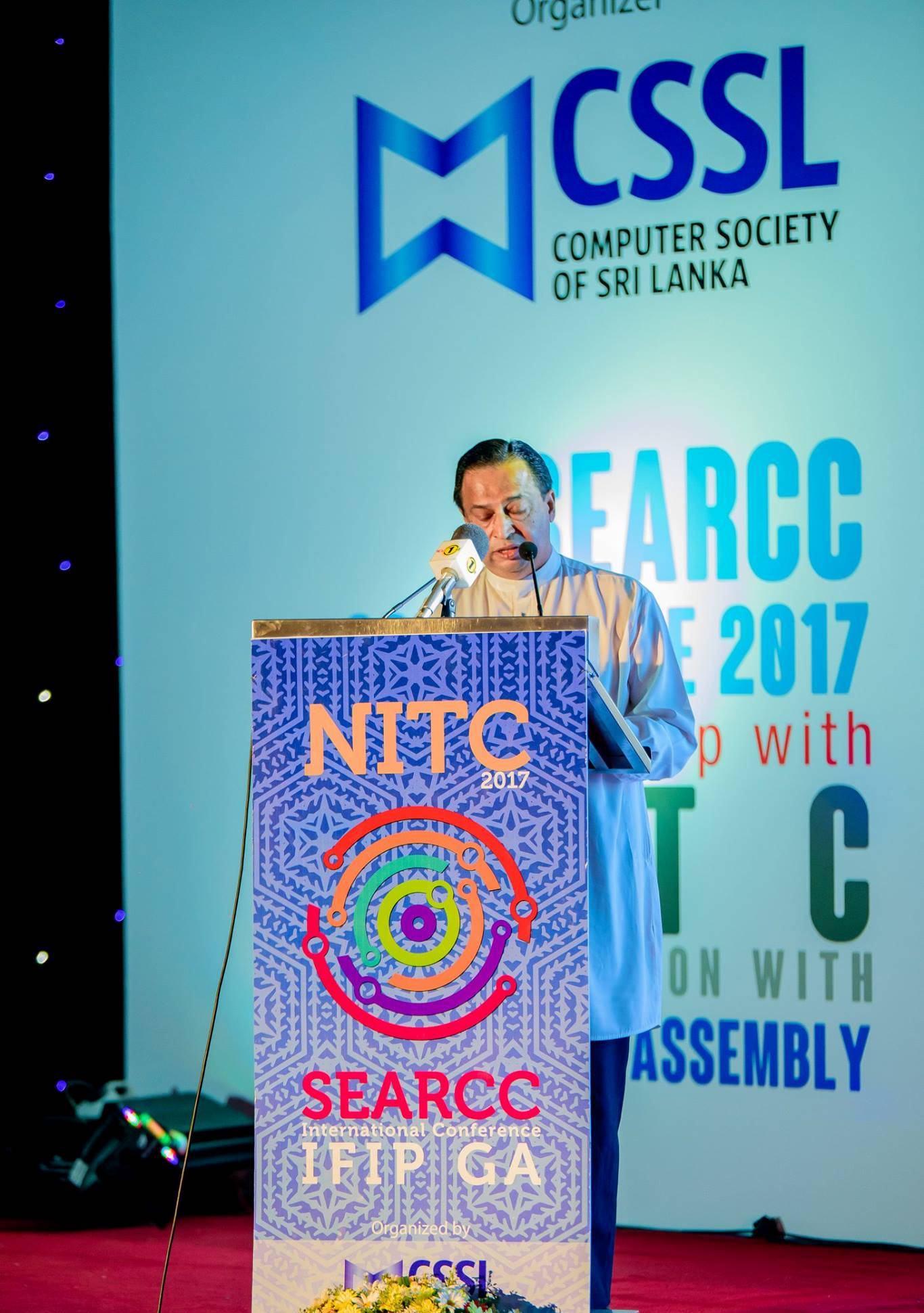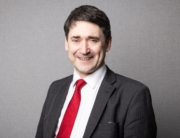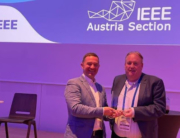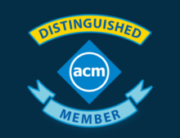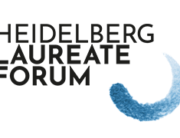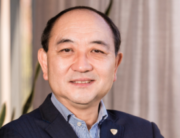Last month’s SEARCC/NITC Conference in Colombo presented a valuable opportunity for delegates from across Sri Lanka and around the world to come together and share their knowledge and insights.
Here are a few of the lessons and ideas discussed by the event’s keynote speakers.
Saving the CIO
The first speaker of NITC 2017 was Dr Nick Tate – President of SEARCC. He opened his address by sharing the biggest reasons why CIOs lose their jobs: cybersecurity breaches, project disasters, availability failures and systems collapses.
Dr Tate discussed several recent high profile breaches such as the Equifax hack, highlighting the massive costs of failed ICT projects, which range from $3 trillion to $6.2 trillion per annum. He stressed the need for companies to ensure they have skilled ICT staff and said effective governance is crucial for success.
Who can you trust on the internet?
Another keynote speaker at NITC 2017 was Dr Kai Rannenberg, who argued that we share too much information when we log into websites today. He proposed the use of partial identities and attribute based credentials to enhance privacy security.
Dr Rannenberg shared some useful case studies where data privacy and anonymity were improved and highlighted several critical elements of a privacy-friendly internet: decentralization, partial identities and identifiers, minimum disclosure, redactable signatures and strong sovereign assurance tokens.
Building trust between humans and technology
Moira De Roche, the new Chair of IFIP IP3, opened her session by sharing that technology has taken over almost every aspect of our lives and asked, “Can we trust all this technology?”
Ms De Roche said cyberattacks erode our trust in technology, warning that, “If we don’t trust technology, it will limit our economic growth.”
She said to build this trust, technology needs to be safe, secure, reliable and user-friendly. This means governments need to push for legislature that supports data breaches and instruments to deal with cyber-attacks. The industry has to play its part and work towards public interest, while consumers should be informed and demand more from service providers
The Internet of Medical Things (IoMT)
Dr Dayan Rajapakse, a Past President of CSSL, opened his keynote by explaining the Internet of Things and its growing importance. He said increased broadband access, higher smartphone penetration and more affordable devices has led to a proliferation of more devices being connected.
The market for healthcare IoT devices is forecast to be worth $117 billion by 2020, but the issue of security for these billions of devices is yet to be addressed.
Dr Rajapakse discussed some of the more common medical IoT devices and shared some of the major challenges facing users of medical IoT devices: not only security but also reliability, privacy issues, large data volumes and the need for legislative protections.
The Future of Service Robots
Professor Chandimal Jayawardena from SLIIT addressed the concept of service robots, which are robots designed to assist humans in performing certain tasks. He shares that in 2015, the market for personal and domestic robots was worth $5.4 billion, however the sector is compromised by a lack of agreed standards.
After sharing the history of robotics, Professor Jayawardena shared examples of software architectures for robots and challenges consumers face. He concluded with the words, “Ultimately, what’s required by a robot? To carry out tasks.” And as the market shifts from industrial robots to service robots, we need new architectures and software frameworks.
An introduction to Green Software Engineering
Dr Anirban Basu, Past President of the Computer Society of India, explored Green Software Engineering, which involves the development of environmentally sustainable software, and shared different approaches to improving an application’s energy efficiency.
Dr Basu argues that environmental impacts must be considered at every level of software development. However, we need better metrics to measure the environmental impact of software and effective tools to help developers write environmentally friendly code. He concluded by sharing some approaches and case studies that have been conducted to improve

